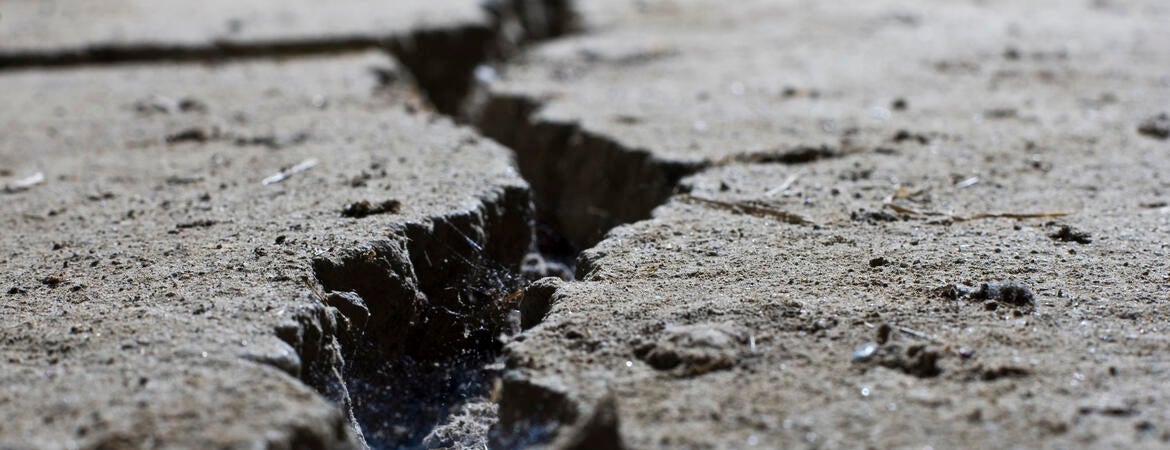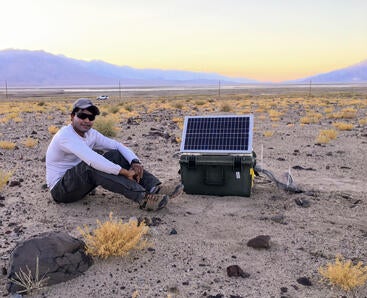
A pair of massive earthquakes in Mexico — 7.6 on Sept. 19 and 6.8 on Sept. 22 — have some in Southern California on edge, wondering whether the Golden State is next. Here, UC Riverside seismologist Abhijit Ghosh weighs in on the likelihood of more shakers, and how to prepare for them. Ghosh is an associate professor of geophysics in the Department of Earth and Planetary Sciences. His work is broadly focused on understanding the physics of earthquakes, the processes that control them, and their associated hazards.
Q: Does the pair of gigantic earthquakes in Mexico last week mean California is now more likely to experience a similarly sized earthquake?
Ghosh: Because the earthquake in Mexico was about 1,300 miles away from Southern California, there is no direct impact on local faults. However, the seismic waves generated by the large earthquake have propagated through our region and shaken the ground, and that may trigger smaller earthquakes. In rare cases, such waves from distant quakes may trigger more damaging events, but again, it is not very common.
There are two ways one large seismic event can trigger another. One is a static trigger, when moving rocks upset a fault that is only one or two hundred kilometers away from the original fault. That won’t happen in this case. The other way, dynamic triggering, can work remotely.
With dynamic triggers, seismic waves produced by one earthquake propagate remotely through the entire Earth. As they do, they can trigger earthquakes anywhere. These are typically smaller earthquakes, but not always. Mexico’s recent earthquakes may not have significantly changed the stress on our faults, but it’s a good reminder of what can happen here. It is only a matter of time before we are subject to the same kind of shaking and damage.
Q: What is the likelihood of an earthquake in this region even without the recent Mexican events?
Ghosh: Southern California hosts a large fault, the San Andreas fault, as well as others, like the San Jacinto fault. These can and will produce damaging earthquakes in the future. When the San Andreas goes, it will definitely produce a similar magnitude event, like the Mexican ones. Therefore, it is always a good idea to be prepared for that. Drop, cover, and hold on when you feel the shaking. Have an earthquake kit ready and accessible at all times, in your car, home and workplace.
Q: Have the Mexican quakes made it less likely that they will experience another big shaker anytime soon?
Ghosh: Mexico sits on what we call a subduction zone, which is prone to large earthquakes. What happened last week has changed the stress in the surrounding areas closer to Mexico that directly impact the faults. Aftershocks will continue there for years, and some of those could potentially be damaging. Typically, aftershocks are smaller than the initial, main shock which was a 7.6 in this case. But even a 7-magnitude quake would be smaller, and obviously, cause damage to structures that are already damaged and vulnerable.
(Cover image: SteveCollender/iStock/Getty)




